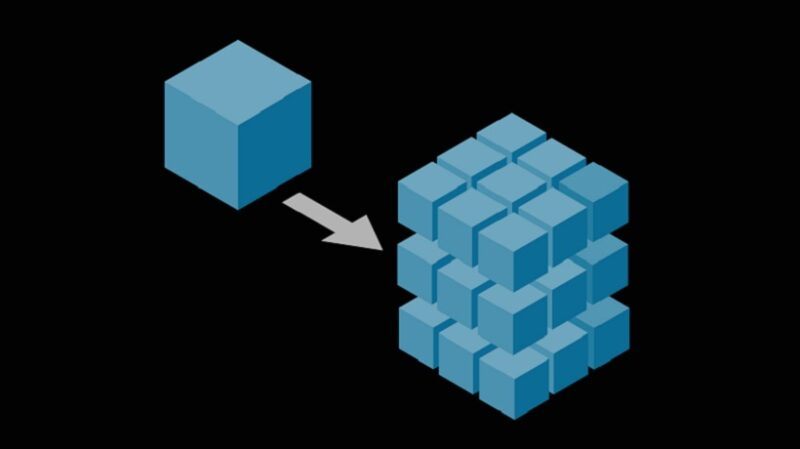
Monolithic To Microservices Architecture
I am working in the learning technology industry as a principal architect on a monolithic architecture, or an old-school enterprise application. I was given the task of adding new features to an existing application, bringing it up to date with cutting-edge technologies and converting it into a SaaS model providing full-text search using elastic search, recommendation engine, and many other features. As a result, there has been a change in the way that educational content is designed, developed, and delivered to learners.
Separating Services
In order to create a complete eLearning environment, the design must separate the services. Finding a common set of traits among existing Learning Management System (LMS) features is a crucial way to start separating the services part of the design. The decentralized assembly of various services is replacing the centralized, component-based, architecture of eLearning platforms. These services can take part in a variety of learning processes that are easily rearranged to satisfy shifting requirements.
Networks of eLearning systems offering services involving automatic evaluations piqued my interest. In order to support new social needs that emerge in internet and web environments, a network of eLearning services is set up to be able to offer more than the most fundamental features. There are three distinct layers to the eLearning technical stack:
- The user management system is similar to an ERP system designed for education and saves student and course data for decision-making and reporting at all levels.
- The Learning Management System delivers training courses and programs to individuals, groups of students/learners, and the workforce.
- The learning object repository (LOR) functions as a digital library of materials that may be merged to provide new learning opportunities.
The complexity of security, privacy, and content management has forced the separation of these duties, which formerly existed under a single LMS solution. Additionally, it has prompted the development of standards for data model sharing across these levels and among other eLearning programs. In order to promote the potential for increased interoperability between on-site and cloud-based solutions, these data model standards are now becoming a component of a wider, API-based or microservices standards, project.
Technically speaking, the key to success in the creation of reusable learning resources and adaptable infrastructure is to make architectural decisions that optimize flexibility and the independence of services. Each learning service may be independently designed and deployed using microservices, which facilitate the use of shared resources. Such resources include developed instructional materials, which have to be as accessible and open as feasible.
Creating Microservice Architecture
The answer was to create microservice architecture to address these issues by dividing huge programs into tiny units of code that are segregated by specific regions of business logic (or application functionality). These blocks communicate via simplified APIs and appear to end users as a single application. Typically, code blocks are often kept individually, allowing them to be written, distributed, tested, and modified independently. If one of the blocks fails, we may replace it with a “known good” version to restore app functioning. This “hot swap” option improves app stability significantly during upgrades.
A scalable architecture can employ microservices architecture to customize eLearning solutions, and this architecture can contain a SaaS method for data, together with a Pass option and even an IaaS offering. The data may be kept according to the needed security, consistency, and other features. The architecture must design to support maximum scalability, high service throughput, and an optimized management environment. This enables new levels of scalability while providing a very cost-effective modular solution. Some of the critical design factors are flexible infrastructure, building services, scalability of users and content, and caching of the data.
Approach For Migration From Monolithic To Microservices
One of the suggested approaches for refactoring from monolith to microservices is to start creating any new functionality as distinct services as soon as possible. But since the majority of the functionality is still supported by the current monolithic design, the only option to completely get rid of the monolith is to begin gradually refactoring modules into the new microservices architecture. This is the Strangler pattern of transition: transformation, coexistence, and eradication. The strategy that is advised for refactoring code in a sizable online application is to gradually replace each feature with a new web service.
While the advantages of deploying microservices independently are well recognized, converting existing systems to this architecture is challenging. In order to establish autonomous modules without disrupting the rest of the monolithic system, the migration strategy must deal with an intricate and interconnected existing system. Domain-driven design is advised in this situation, since it aids in the definition of service boundaries.
Conclusion
It is a difficult task to transition a Learning Management System from monolith to microservices. However, if done correctly, the anticipated completion timeframes will not blow up in the middle of the project. Because each application has its own architecture, the migration approach should be adapted individually for each organization.
